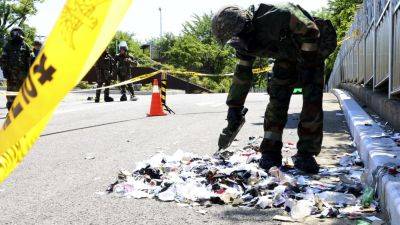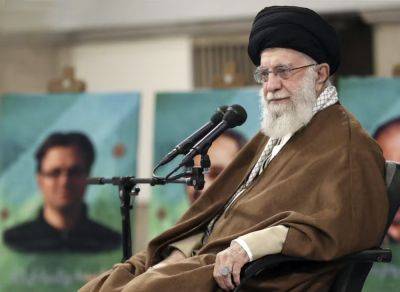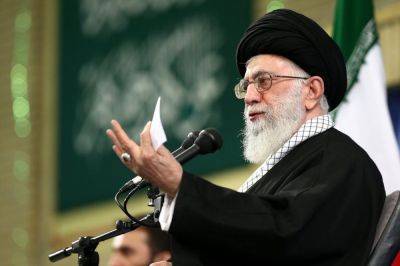Will Raisi’s death spark instability in Iran?
The death of President Ebrahim Raisi in a helicopter crash this week occurred during one of the Islamic Republic of Iran’s most challenging periods.
Raisi, a prominent figure in the political elite, held substantial sway over Iran’s domestic policies. He was also central to Iran’s recent moves to improve relations with its rivals in the region.
Given his sizeable influence, what will his absence mean for the country’s domestic affairs? And how will it impact the country’s relations in the region?
Stability at a perilous time
Raisi’s government was very conservative and had a close relationship to the Supreme Leader, Ayatollah Ali Khamenei. There were almost no conflicts or disagreements between the two sides, which contrasts with previous governments, most of which had some distance or tension with the leader.
Raisi was also considered one of the leading candidates to succeed the 85-year-old Khamenei, who has held the office of Supreme Leader for 35 years. His broad influence within the country’s conservative circles made him a significant figure in shaping the future of Iran’s leadership.
However, his death, which occurred a year before the conclusion of his second term, came amid a backdrop of domestic, regional and international challenges.
Iran remains under severe sanctions imposed by the United States for its nuclear program, which have caused significant damage to the economy and had a profound impact on people’s lives.
The country also witnessed one of the most significant protest movements in its history over the death of 22-year-old Mahsa Amini in September 2022, following her arrest by the morality police.
There have been local protests in different parts of the country as well, mostly over the economic crisis







